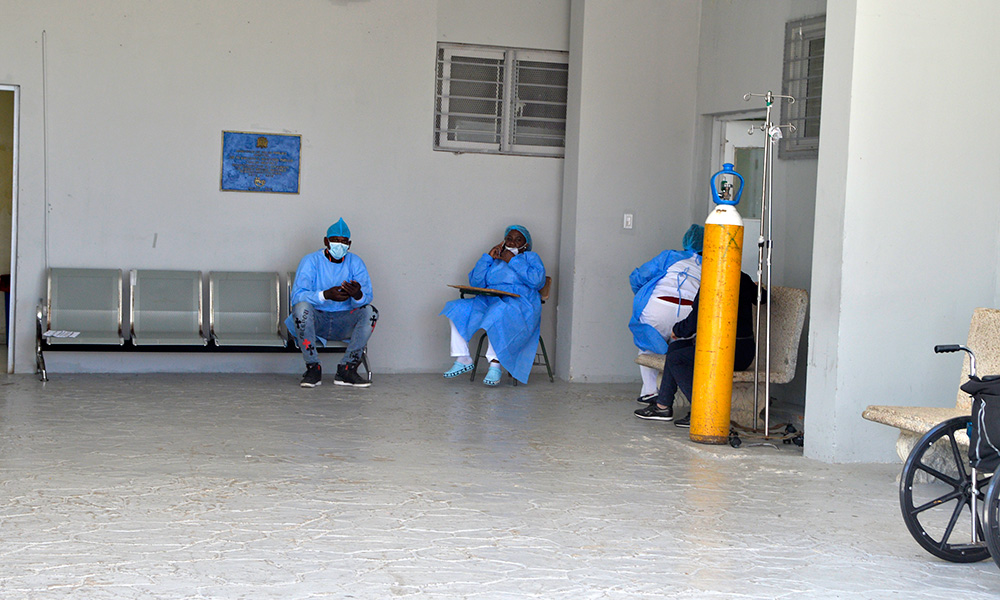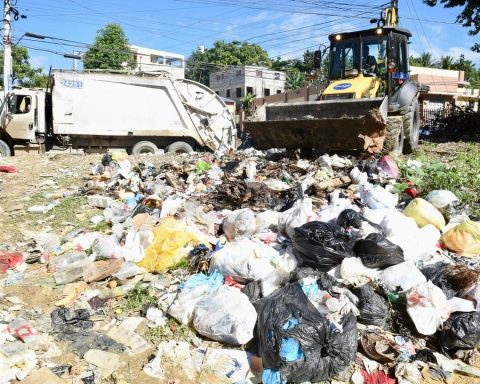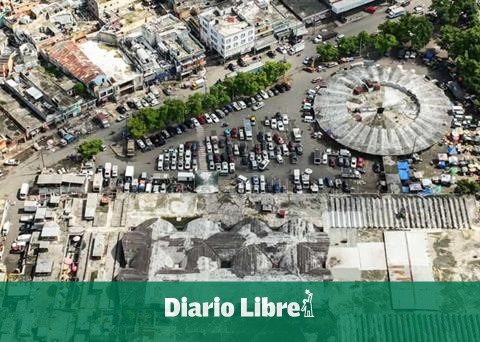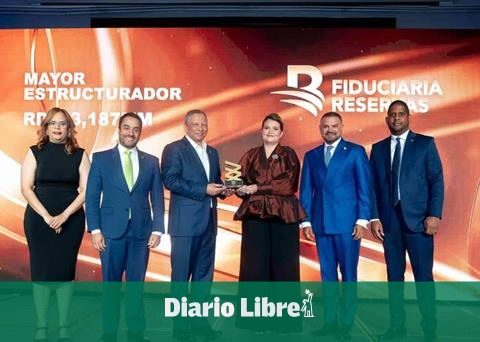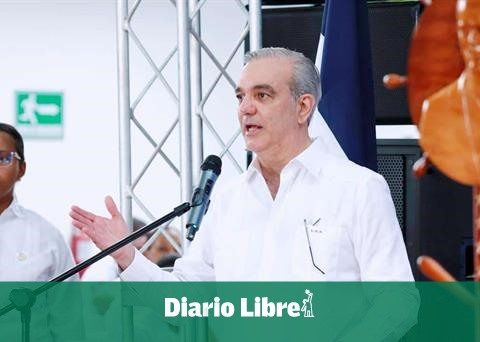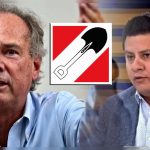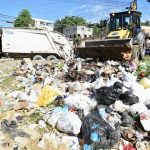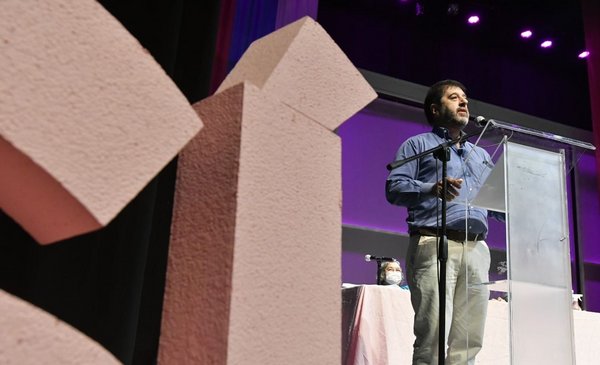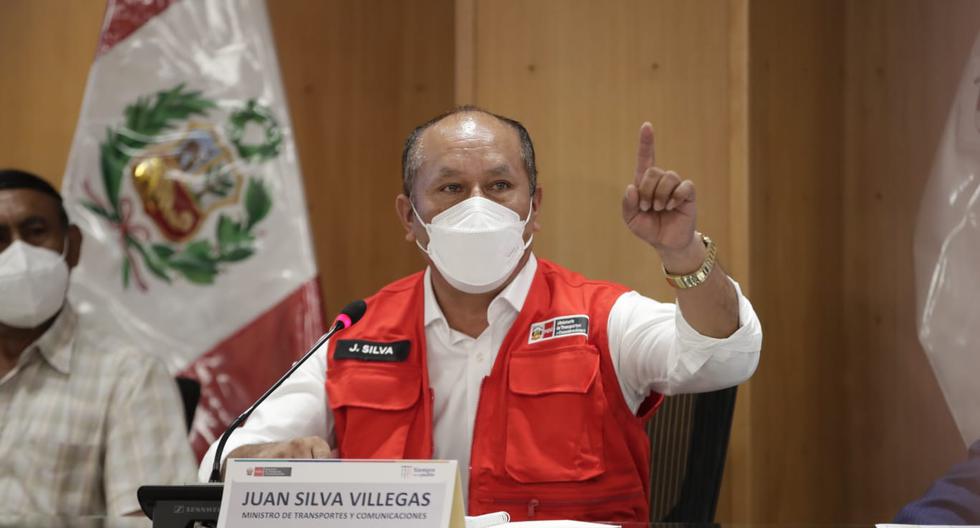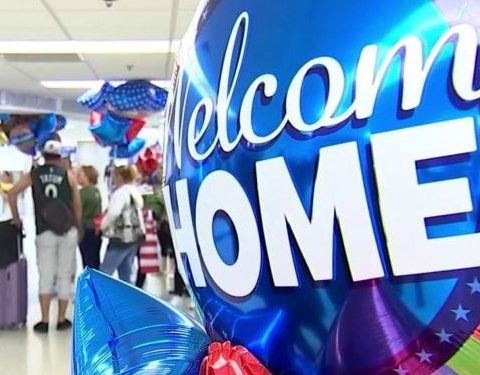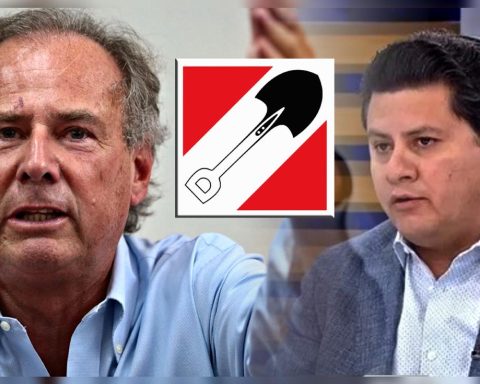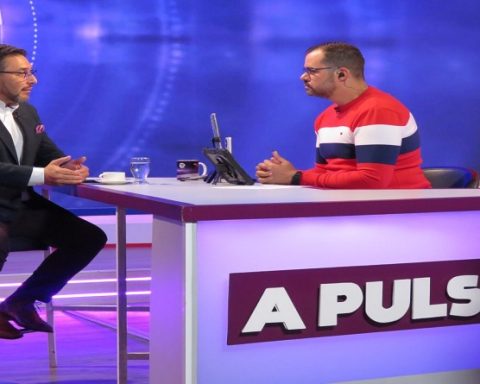The pandemic implemented a new educational model. CMD says the disease is not over yet
On March 1, 2020, the Ministry of Public Health (MSP) announced to the public the discovery of the first positive case of covid-19 in the Dominican Republic.
It was about Claudio Pascualini, who was 62 years old at the time, and entered the country from Pesaro, Marche region in Italy.
Although the report was released by the authorities on that date, the “Italian”, as the population called him, set foot on Dominican soil on February 22, and was receiving medical care for 54 days at the doctor Ramón de Lara military teaching hospital. .
Since the first contagion was detected, fear took hold of an entire population that saw how an unknown disease wreaked havoc abroad.
When everyone took refuge at home to avoid the pathology, the health personnel had to go out to deal with the effects of the disease.
This was done by the family doctor Enmanuel Severino, who arrived at the Coronavirus Unit of the Moscoso Puello hospital in the midst of a spike in infections in June 2020.
“My relatives did not want, if it had been for my mother I would not enter (…), I had to convince her and tell her that as a doctor one is always exposed to diseases,” the doctor told this medium.
The father of a three-year-old girl had to perform 24-hour services in order to provide better treatment to people who were hospitalized in the health center.
He pointed out that the lack of space affected him a lot, especially when there were no beds for patients with respiratory distress.
“It’s a situation that I don’t wish on anyone (…), a person who can’t breathe and is in a chair, at first you saw that because there was no space,” he said.
During the entire time of the pandemic, Mercedes Berroa, a nursing graduate, who began treating coronavirus patients on July 25, 2020, has also been working at Moscoso Puello.
Despite being close to those affected, the woman who is inoculated stressed that in that period she has never tested positive for Sars Cov 2, after indicating that she has always maintained biosecurity measures within the service areas.
For Berroa the most difficult thing, moments that even brought tears to his eyes, was witnessing the suffering of dozens of individuals about to die from lack of oxygen.
“I am psychologically prepared (…), but seeing so many people dying like this at your hands is traumatic, that was the hardest and most painful”, he detailed.
pushed changes
The covid-19 pandemic caused the closure of schools and universities, so that the classrooms became the media, which caused the dropout of hundreds of students.
According to the Ministry of Higher Education, Science and Technology (Mescyt), during the first year of the coronavirus, 40 percent of university students left their studies.
However, Jessica Séptimo never paralyzed her classes at the Autonomous University of Santo Domingo (UASD), although virtuality was difficult for her.
The 26-year-old stressed that despite the fact that the distance lessons did not have the same level of explanation from the teachers, she always kept studying to continue advancing in her undergraduate career.
However, others favored classes from home, such as the initial education teacher, Ramona Zapata, who described it as positive because she learned a new way of teaching.
It has not finished
In accountability, President Luis Abinader assured that the country has overcome the covid-19 pandemic, which health sector actors such as the president of the Medical College, Senén Caba, consider was a hasty announcement.
protagonists
 Emmanuel Severino Emmanuel Severinofamily doctor |
 mercedes berroa mercedes berroaBachelor of Nursing |
 Ramona Zapata Ramona ZapataProfessor |
 Jessica Seventh Jessica SeventhUniversity student |
